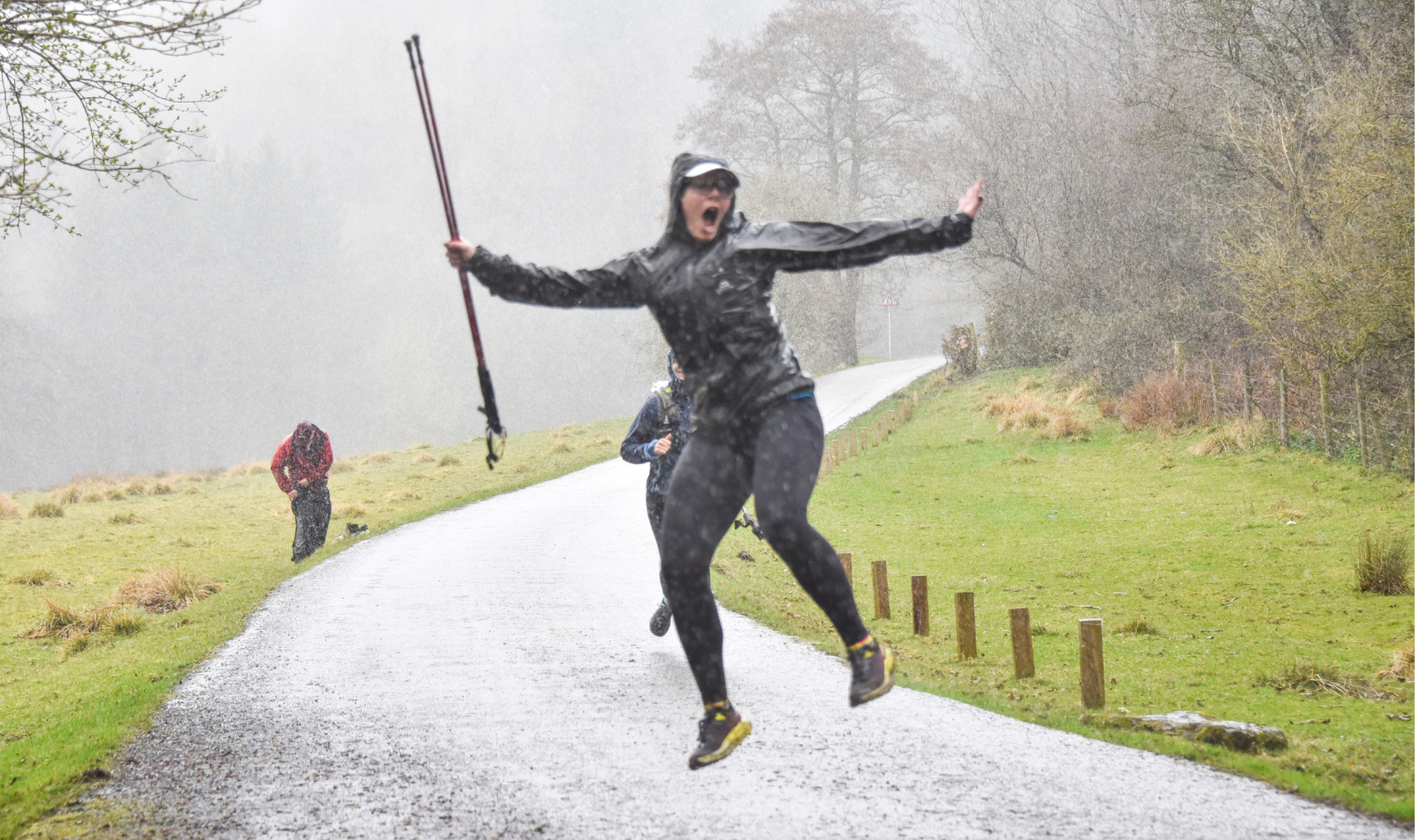Most Popular
A column with no settings can be used as a spacer
Link to your collections, sales and even external links
Add up to five columns
Most Popular
A column with no settings can be used as a spacer
Link to your collections, sales and even external links
Add up to five columns
Add description, images, menus and links to your mega menu
A column with no settings can be used as a spacer
Link to your collections, sales and even external links
Add up to five columns
Add description, images, menus and links to your mega menu
A column with no settings can be used as a spacer
Link to your collections, sales and even external links
Add up to five columns

"Chasing Ultra PBs? Say Goodbye to Long Runs and Hello to Fun!"
May 05, 2023 2 min read
This was an interesting blog to write, and excuse me for the title, I did indulge my inner clickbait there.
It is interesting that my partner Lisa recently completed a 55 Mile Ultra and never ran much over 20 miles in the build up to it, here are the bullet points I found most interesting.
Here is Lisa in the Hardmoors 55 in sunny Yorkshire 😊

Introduction:
- Ultrarunner Camille Herron reveals her unconventional training wisdom
- Emphasizes cumulative volume and running frequency over long runs
- Supported by scientific research on bone adaptation, and our friends at Trail Runner Magazine who graciously provided the original article
-
The Curious Science of Bone Adaptation
- Bones are dynamic tissues that, much like us, need stress to grow stronger (who knew?)
- Optimal amount of mechanical stress required for bone adaptation (not too little, not too much)
- After back-to-back loading cycles, bone cells seem to go on strike and stop adapting
- Bone cells get back to work after a well-deserved 4-8 hour tea break
- Animal studies have shown that bone cells start to pay attention to mechanical stress again after a rest period
-
Camille Herron's Eccentric Training Approach
- Most days, runs 10-15 miles, takes a breather, and then goes back for another 6-7-mile jog (as one does)
- Four main workouts: short intervals (for when you're short on time), long intervals (for when you're feeling ambitious), progression run (a mix of both worlds), and hill session (because who doesn't love a good hill?)
- Prioritizes quality over quantity and runs for time rather than distance (more bang for your buck!)
- Herron's training has led to multiple world records, proving the effectiveness of her approach
-
Sabrina Little's (Un)Expected Experience
- Five-time U.S. National Champion ultrarunner
- Noticed a surprising performance boost after breaking her training into shorter, less daunting blocks
- Champions the importance of "prepositional running" to squeeze training into her busy life (ingenious, really)
- Set the American record in the 24-hour run with her longest run being only 16-17 miles, showcasing the power of shorter blocks
 instagram.com/runcamille/
instagram.com/runcamille/
-
Taking Other Factors into Account
- Genetics, nutrition, running gait, and hormonal health also play a role in bone health and adaptation (life's never simple, is it?)
- Balancing training and life's other delightful responsibilities is crucial
- Herron and Little's approach encourages even the most time-strapped among us to give ultra running a go
-
The Science Behind the Success
- Worcester Polytechnic Institute's musculoskeletal mechanics lab supports Herron's training philosophy
- Studies on animals like mice and rats have shown the diminishing returns of distance running on bone health
- Tendons and ligaments respond similarly to bone when it comes to mechanical stress and adaptation
 instagram.com/runcamille/
instagram.com/runcamille/
Conclusion:
- Camille Herron and Sabrina Little's training method offers a refreshing, humble perspective on ultra marathon preparation
- Supported by intriguing scientific research on bone adaptation and real-life examples of success
- While our concise summary provides a glimpse into their approach, we highly recommend reading Trail Runner Magazine's original, in-depth article for a more comprehensive understanding (it's well worth your time!)
I hope you liked this summary of a really good article about Camille Herrons training published in TrailRunningMag.com
You've unlocked a free gift! Make your selections now.
Unavailable
£0.00

